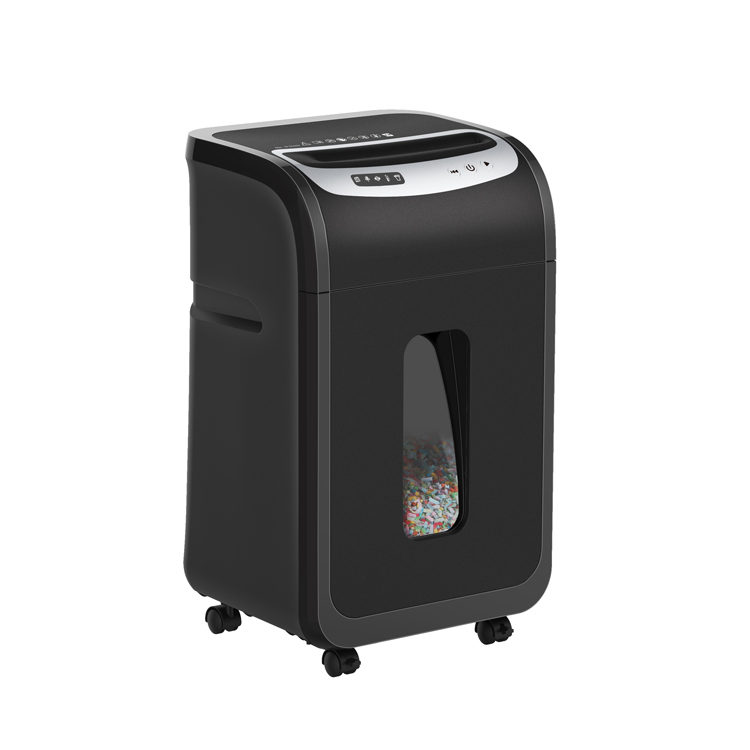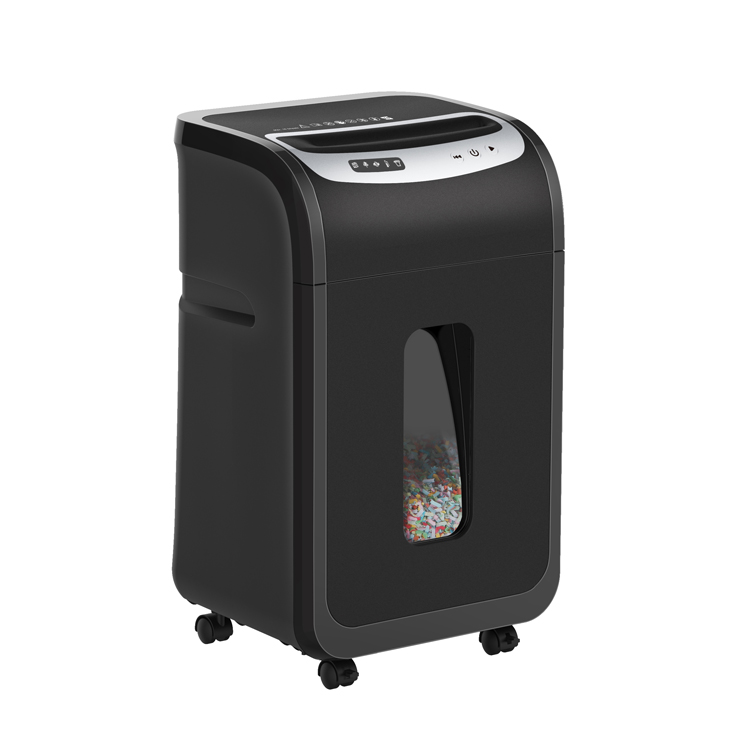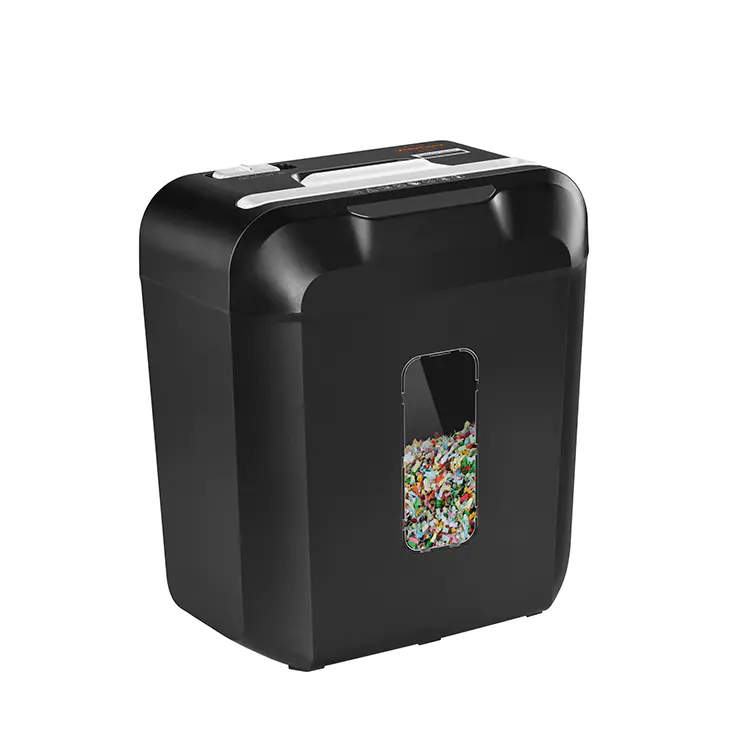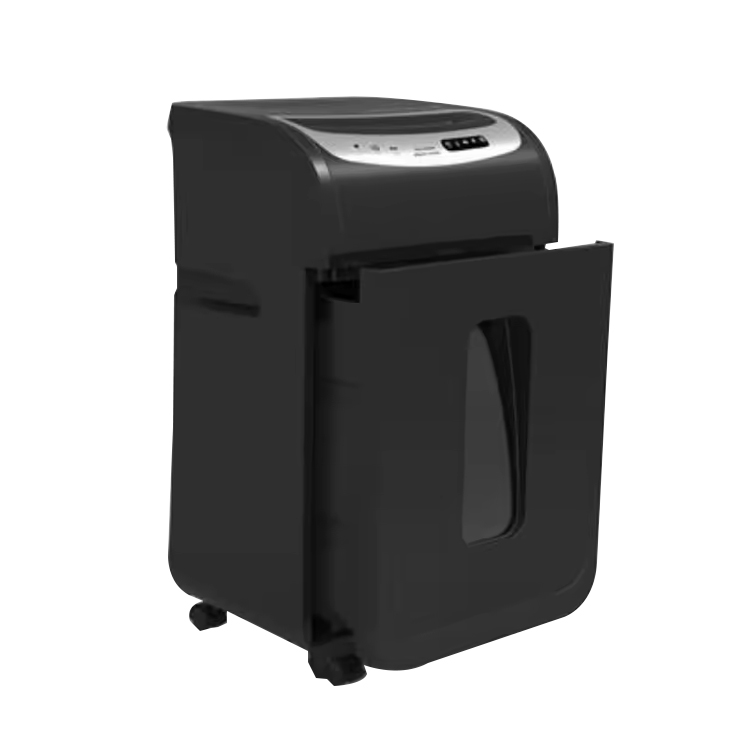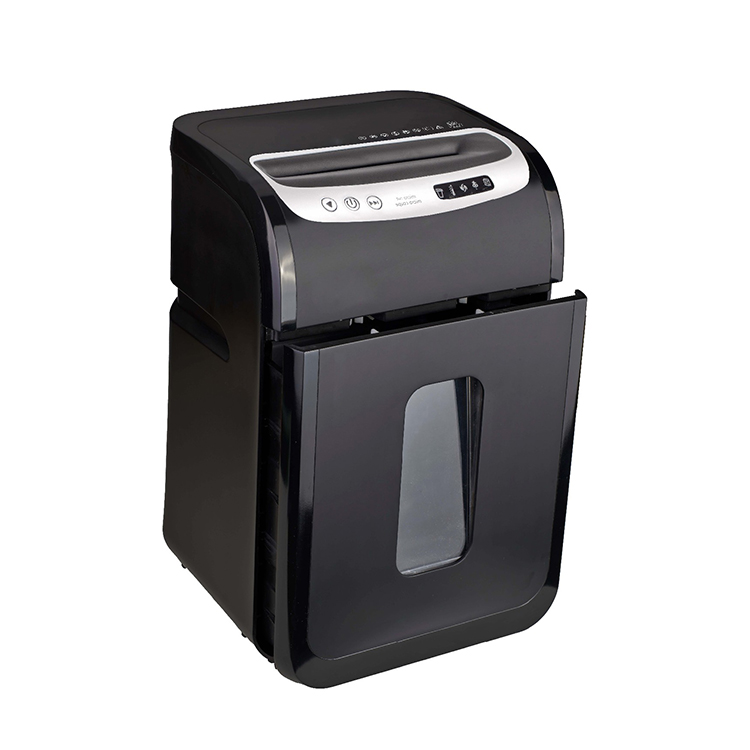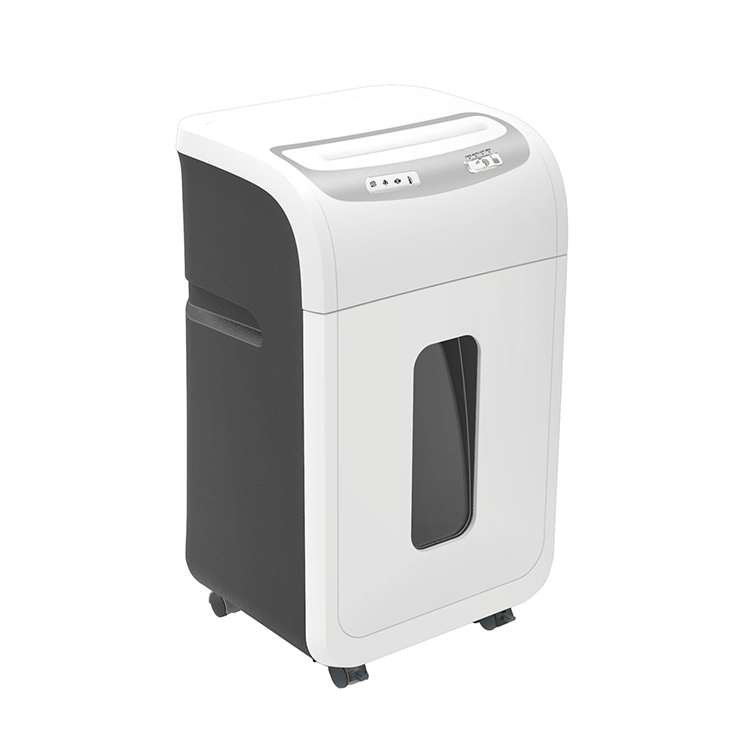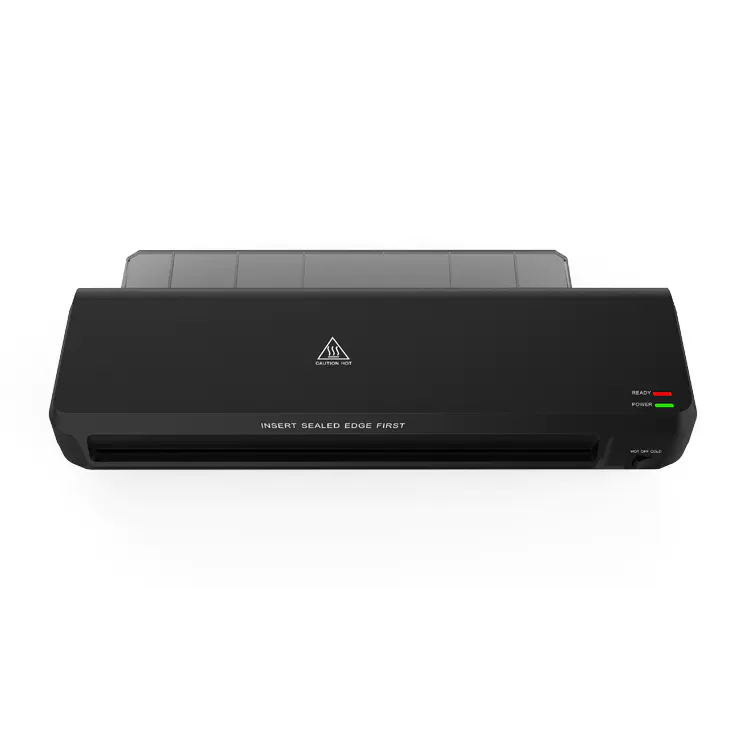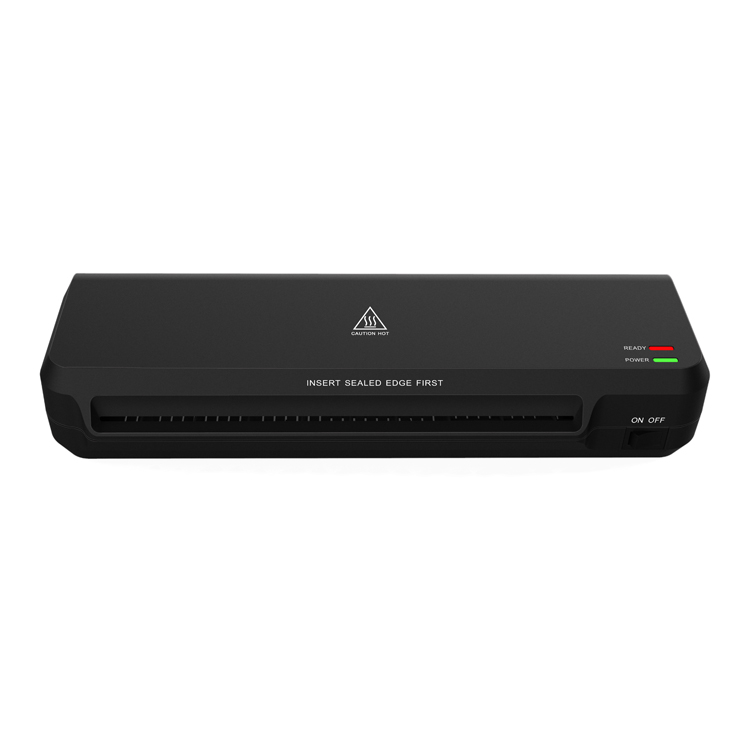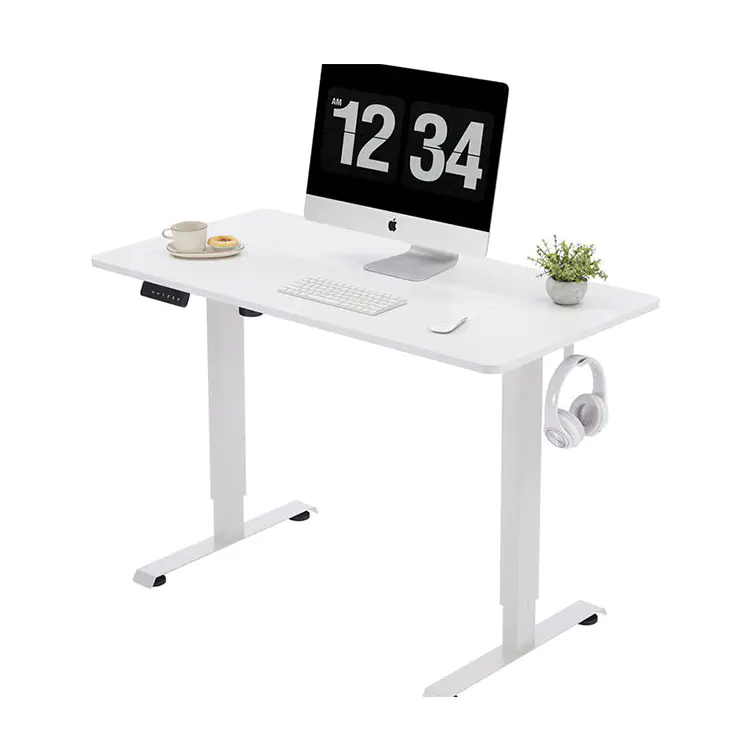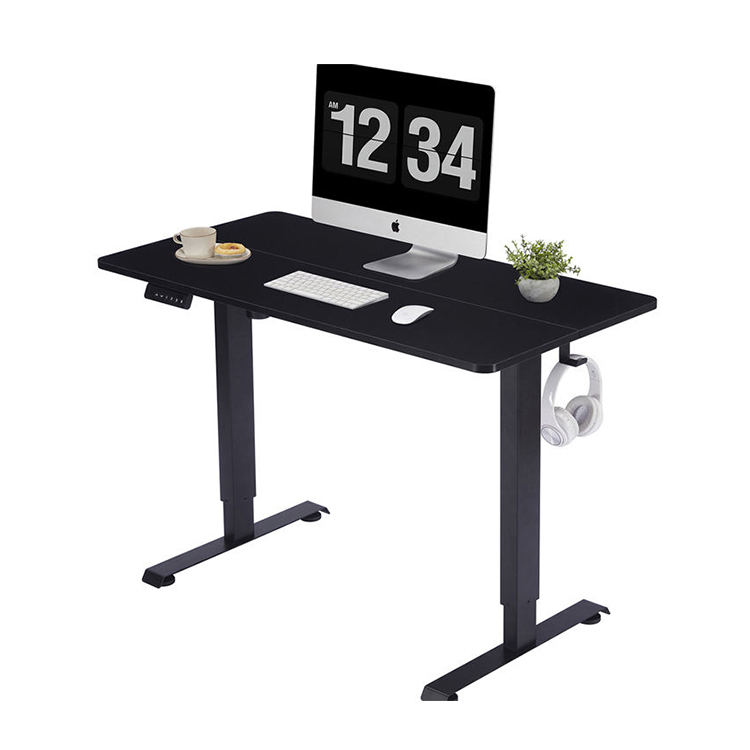Thermal Laminator Safety Tips: How to Avoid Common Hazards
1. Understand how your heat press laminator works
Before using a Thermal Laminator, it is very important to read the product manual thoroughly. The heat press laminator melts the glue layer in the laminating film by heating the rollers, thereby firmly attaching the plastic film to the surface of documents, photos or other materials. The heated rollers are extremely hot when working, usually reaching 120°C to 150°C, so the machine itself will be very hot during use. Understanding how the machine works will not only help you use the machine correctly, but also help you avoid the dangers caused by misoperation. Different models of heat press laminators may have differences in heating speed, heating temperature and automatic paper feeding methods. Familiarity with these functions can improve work efficiency and reduce failures. Especially when using it for the first time, it is recommended to test the pressure with waste paper first to familiarize yourself with the heat pressing effect and the operating status of the machine. It is also very important to understand the machine's heating and cooling times to avoid accidentally touching hot parts during the heating process.
2. Avoid contact with hot rollers with fingers or hands
The rollers of the heat press laminator are extremely hot during operation, which is one of the main sources of danger for burns. When using, never put your fingers, palms or any part of your body close to or touch the heated roller at the paper inlet. Especially within a few minutes after the machine has just finished working, the roller is still hot. Even if the power is turned off, it takes a certain amount of time for the roller surface to cool down. If you touch the hot roller without cooling it down, it may cause serious burns. It is recommended to use clips or plastic cards to assist paper feeding during use to avoid touching hot parts directly with your hands. In addition, do not try to forcibly pull the stuck material, especially your hands, to avoid injuries caused by the reverse movement of the roller when the material is stuck. When using the heat press laminator, staying focused and avoiding distractions can also effectively reduce the risk of accidents. Educate all users, especially children, about the dangers of hot rollers to enhance safety awareness and reduce the probability of accidents.
3. Use the correct thickness of laminating film to avoid machine blockage or overheating
Each heat press laminator has a clear range of laminating film thickness, usually expressed in "mil" (one thousandth of an inch). Common thicknesses include 3mil, 5mil, 7mil and 10mil. Using a laminating film that exceeds the machine's support range will cause the machine to be overloaded, increasing the risk of paper jams and overheating. For example, if the machine nominally supports a maximum film thickness of 5 mil, but you use a 7 mil film, the film may not be able to pass through the hot roller smoothly because it is too thick, causing the laminating film to get stuck, the roll to be pulled, or even damage to internal parts. On the contrary, if the laminating film is too thin, it may also affect the laminating effect, resulting in incomplete protection. Choosing the right film thickness not only protects the machine, but also ensures the quality of the laminating effect. It is recommended that when purchasing laminating film, carefully check the technical specifications of the laminating machine and choose the film thickness range recommended by the manufacturer. When encountering special laminating requirements, it is best to test a small batch of laminating first to avoid machine damage or waste of resources.

4. Avoid laminating items that are not suitable for heat treatment
Not all items are suitable for processing with a hot press laminating machine. During the hot press laminating process, the machine heats the laminating film and the material to bond. Some materials are sensitive to high temperatures and are easily damaged. For example, some photos use ink or paper that is heat-sensitive, and excessively high temperatures may cause the photos to fade or deform. Plastics, films, CDs, and electronic components are also not suitable for hot laminating, because high temperatures may damage these materials or cause them to melt. In addition, some special inks and coatings will release harmful gases or discolor at high temperatures, affecting the final effect or even endangering health. For uncertain items, it is recommended to check the product instructions or consult professionals first to avoid blind laminating. If special items must be protected, cold laminating machines can be considered to reduce risks by using non-heat pressing. Reasonable distinction between the scope of application of hot laminating and cold laminating is an important part of ensuring the effect and safety of laminating.
5. Place the laminating machine on a stable and flat surface
When the laminating machine is working, the machine itself will vibrate, and the paper needs to be smoothly fed into the hot roller. If the machine is not placed stably, it is easy to cause paper feeding to be unsmooth, laminating film to deviate or jam. If placed on an unstable desktop, the laminating machine may move due to vibration or even tip over, causing the risk of machine damage or personal injury. The laminating machine generates heat when working, and the desktop material needs to be heat-resistant to prevent the desktop from being burned or deformed by high temperature. Avoid placing the laminator in a flammable, humid or corrosive environment to prevent fire and machine damage. The ideal placement should be away from water sources and power sockets where cables are piled up, and maintain good ventilation conditions. For office or classroom environments, it is recommended to place the laminator on a dedicated workbench or non-slip mat to improve the stability and safety of the equipment.
6. Turn off the power and unplug the power plug in time after use
After the hot press laminator is powered on, the internal heater will continue to heat. If it is not turned off for a long time without being used, there will be a waste of electricity and potential safety hazards. Long-term power supply to the equipment may cause overheating, increase the risk of machine damage and even cause fire. After each use, be sure to turn off the power of the machine first, then unplug the power plug, cut off the power supply, and ensure that the equipment is completely powered off. Especially when leaving the office or classroom, develop the habit of powering off to reduce safety risks. For machines that are not used for a long time, they should also be thoroughly cooled and properly stored. Check the power cord and plug regularly to avoid electrical failures caused by aging and damage of the line. Through scientific power management, not only can the life of the equipment be improved, but also personal and property safety can be guaranteed.
7. Clean and maintain the hot press laminator regularly to extend the life of the machine
During the use of the hot press laminator, the glue layer of the plastic film may remain on the roller, forming adhesives. If it is not cleaned in time, it will cause the glue layer to accumulate, affecting the smooth feeding of paper, and even causing paper jams. Excessive accumulation of residual glue will increase the load of the machine, causing overheating and mechanical failure. It is recommended to clean the roller surface regularly with special cleaning paper or appropriate solvents according to the instructions to remove residual glue and paper scraps. Regularly check whether there is dust accumulation inside the machine to keep the inside of the machine clean. Lubricate the mechanical transmission part to ensure smooth operation of the equipment. Maintenance can also reduce sudden failures and avoid downtime and maintenance costs. If the machine has abnormal noises, uneven heating or frequent paper jams, you should contact professional maintenance personnel for repair in time. Developing good maintenance habits can not only improve the laminating effect, but also extend the service life of the equipment.
8. Place the hot press laminator out of reach of children
When the hot press laminator is working, the surface temperature of the equipment and the roller is extremely high, and there is an obvious risk of burns. Children are often curious and lack safety awareness, and are easily injured by touching the hot roller. In order to protect the safety of children, it is recommended to place the hot press laminator in a high place or locked cabinet, away from children's activity areas. If used in school or at home, children should be clearly informed of the dangers of the laminator, and minors are prohibited from operating alone. Parents and teachers should strengthen safety education to prevent accidental injuries caused by negligence. At the same time, try to have adult supervision when using the laminator to prevent children from approaching the machine without supervision. Child safety protection is not only an important measure to reduce accidents, but also helps to cultivate children's safety awareness and good usage habits.

 English
English русский
русский Español
Español Deutsch
Deutsch عربى
عربى
 0
0

